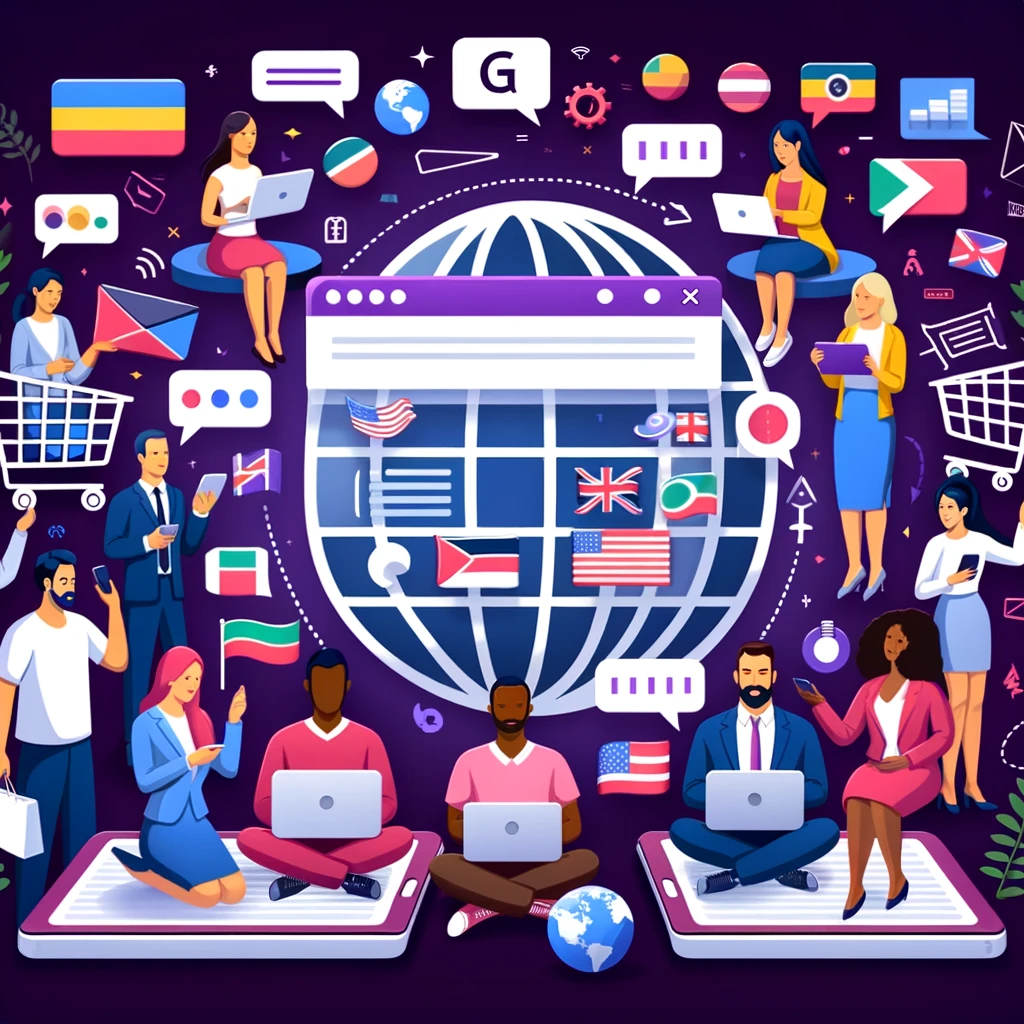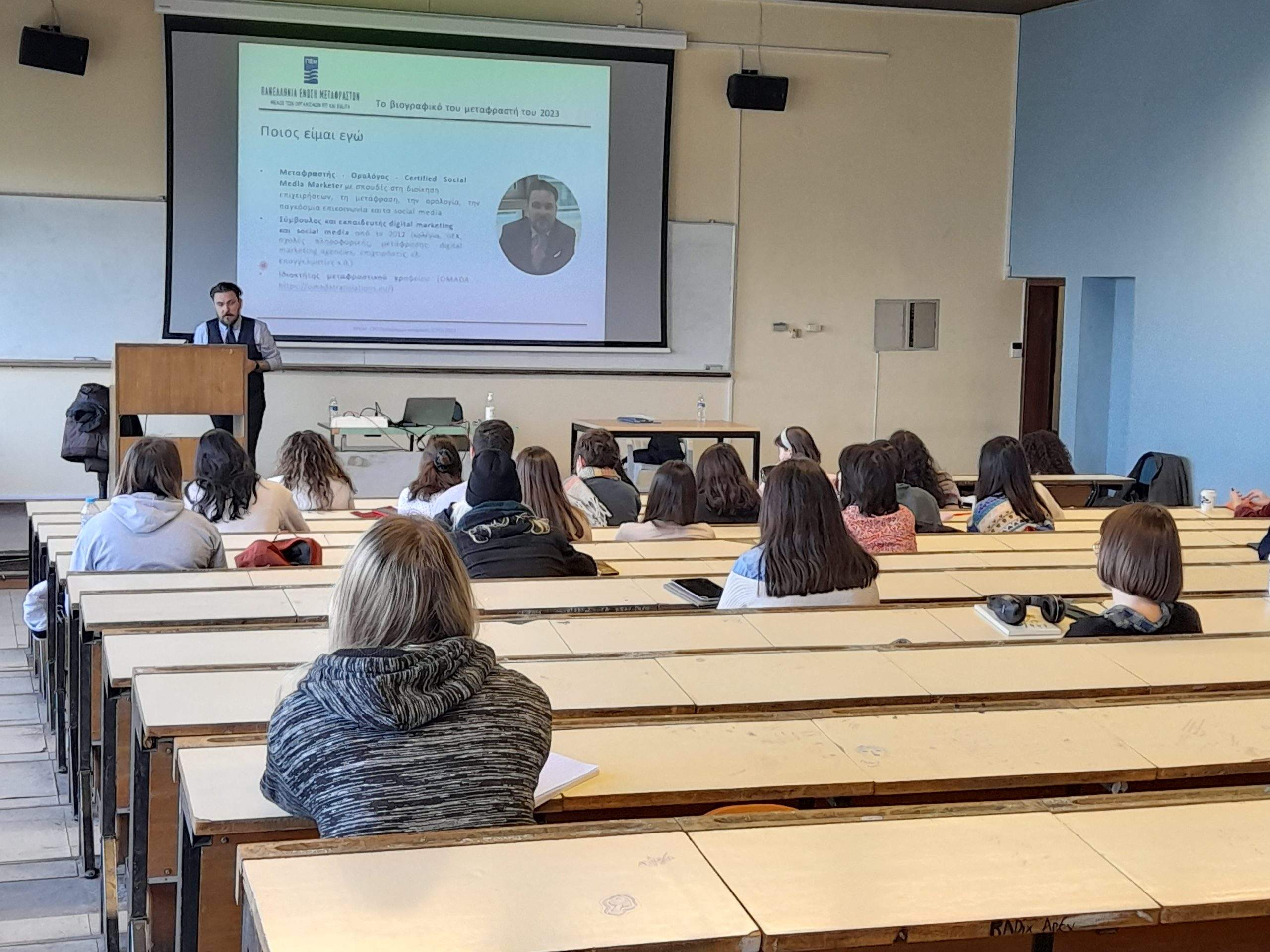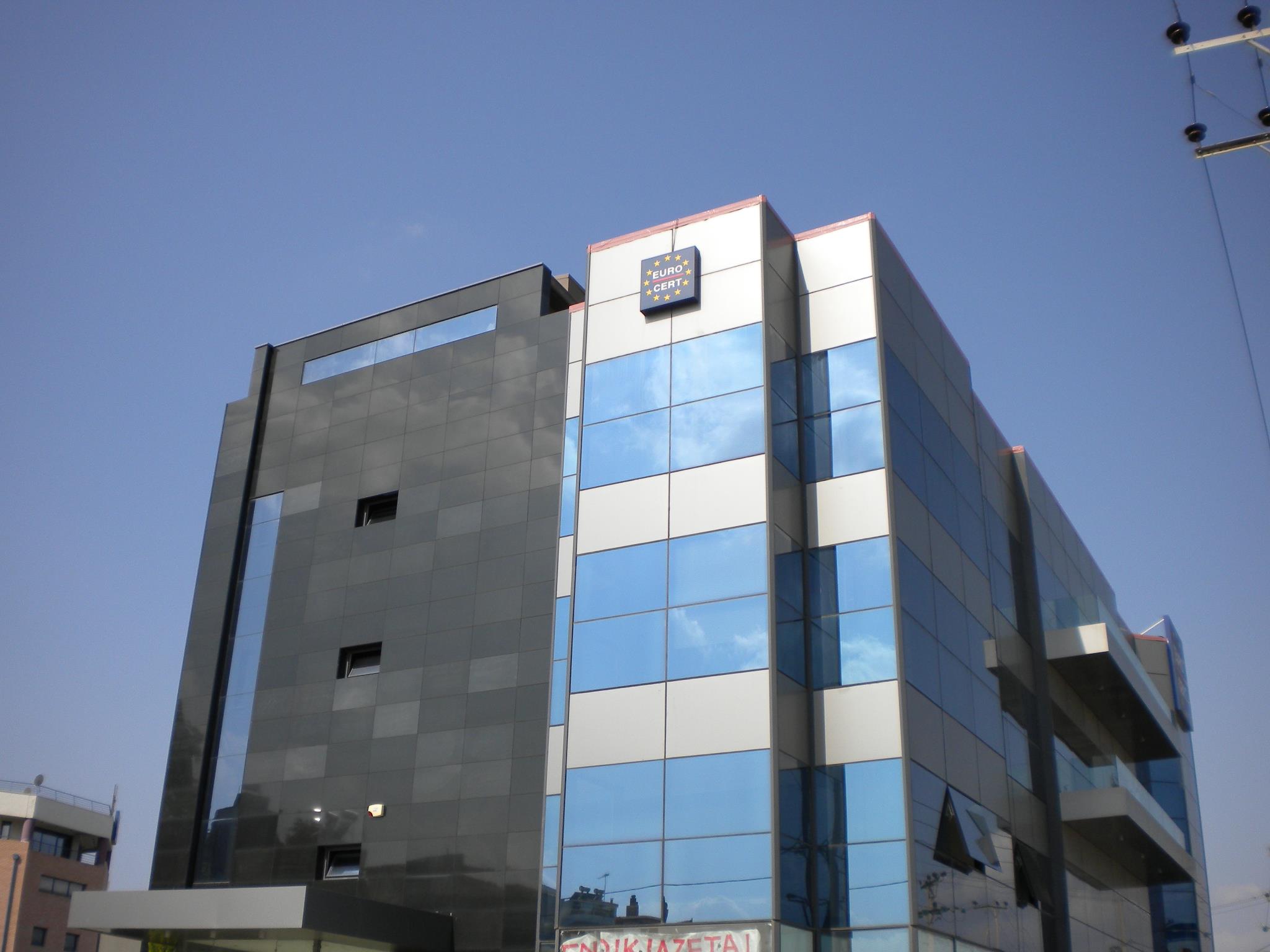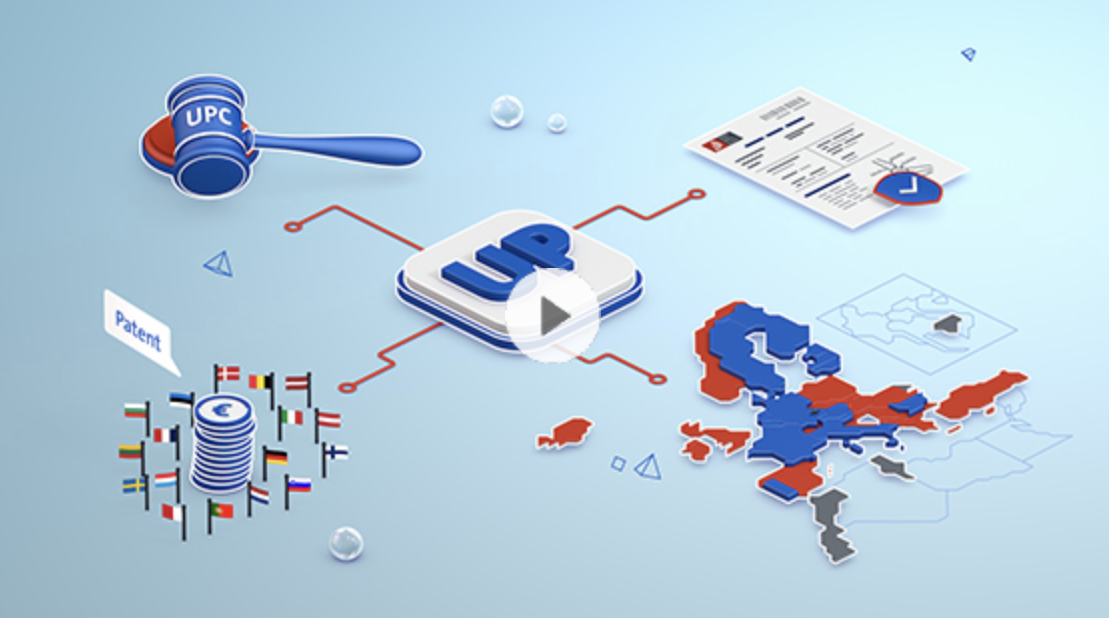
Creating a multilingual website is a crucial step in expanding a business’s global reach, but it involves more than just translating content. In this blog post, we will delve into the strategies and considerations necessary for effective website translation.
1. Understand Your Audience
Before embarking on translation, understand who your audience is. Research their cultural nuances, preferences, and browsing habits. This will help tailor your website not just linguistically but also culturally.
2. Professional Translation Services
While automated translation tools offer convenience, they often lack accuracy and cultural sensitivity. Investing in professional translation services ensures your website conveys the correct tone and context, crucial for building trust with your audience.
3. Localize, Don’t Just Translate
Localization goes beyond translation. It involves adapting your content and design to reflect local customs, values, and legal requirements. This could mean changing color schemes, images, or payment options to suit local preferences.
4. SEO Considerations
Multilingual SEO is vital. Research and use local keywords, and consider the search engine preferences of your target audience. For example, Google isn’t the primary search engine in countries like China and Russia.
5. User-Friendly Design
Ensure your website design is intuitive for a global audience. This includes easy language toggling options, culturally appropriate visuals, and a layout that resonates with a diverse user base.
6. Regular Updates and Maintenance
Keep your content fresh and relevant. Regular updates are necessary, especially when dealing with different languages and regions. This shows commitment to your international audience.
7. Testing and Feedback
Continuously test your website across different regions and devices. Collect and incorporate feedback to improve user experience. Remember, what works in one country might not work in another.
8. Compliance with Local Laws
Be aware of local laws and regulations regarding online content and data privacy. Non-compliance can not only alienate customers but also lead to legal issues.
9. Cultural Sensitivity
Avoid cultural blunders by understanding local customs and sensitivities. This respect for cultural differences can significantly enhance brand reputation and acceptance.
10. Engage with Local Influencers
Collaborating with local influencers can enhance credibility and connect with the target audience more effectively. They can provide valuable insights into local market trends and preferences.
Conclusion
Perfect website translation is an art that combines linguistic skills with cultural intelligence, technical know-how, and marketing savvy. By following these tips, businesses can create a multilingual website that resonates with a global audience and effectively converts leads to customers. The key is to provide a seamless, engaging, and culturally relevant online experience for every user, regardless of their location or language.
Reach Out for Tailored Translation Solutions That Empower Your Business
Are you looking to expand your business reach across linguistic and cultural boundaries? Do you have content that needs to resonate with a global audience? At OMADA, we understand the intricacies and challenges of translation in a business context.
Our team of expert translators, knowledgeable in various industry sectors, is committed to delivering translations that are not just accurate, but also culturally relevant and industry-specific. We blend our linguistic expertise with cutting-edge technology to ensure efficiency, consistency, and top-notch quality.
Let’s collaborate to break language barriers and open new avenues for your business. Whether it’s marketing materials, technical documents, legal contracts, or website content, we tailor our translation solutions to meet your unique needs.
Contact us today to discuss your translation project. Let us help you communicate effectively with your global audience and achieve your international business goals.




